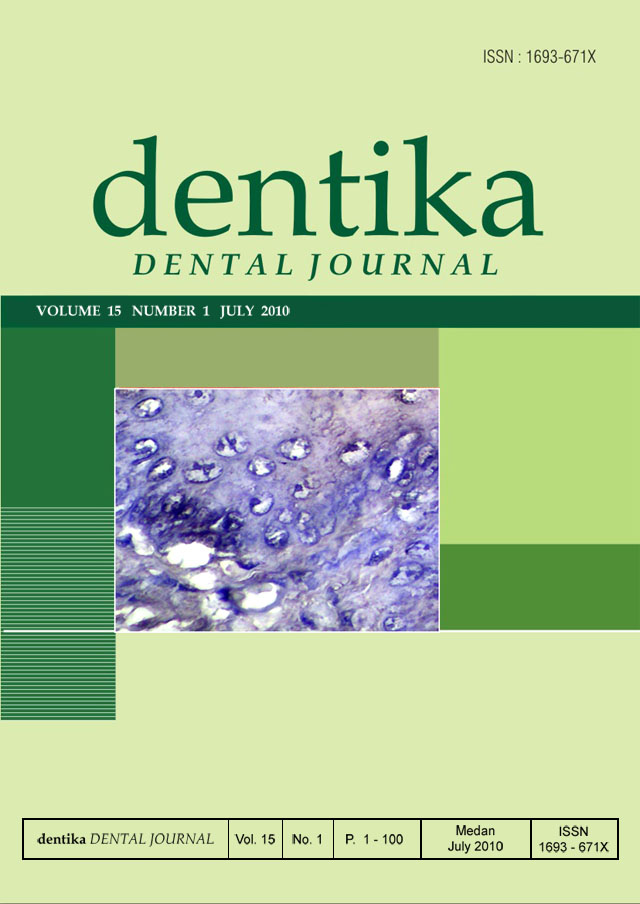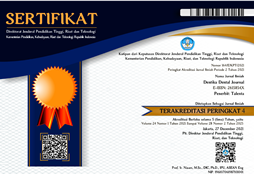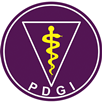MENGONSUMSI MINUMAN BERALKOHOL DAPAT MENURUNKAN DERAJAT KEASAMAN DAN VOLUME SALIVA
CONSUMPTION OF ALCOHOLIC DRINK CAN DECREASE SALIVARY ACIDITY AND VOLUME
DOI:
https://doi.org/10.32734/dentika.v15i1.1681Keywords:
alcoholic drink, salivary volume, salivary acidity (pH)Abstract
Alcohol is used as beverage with various purposes. Drinking alcohol is supposed to be able to distress central nerve system. Saliva production is controlled by both symphatic and parasymphatic nerves. This design of study was a cross sectional. This study aimed to evaluate the effect of alcoholic drink on salivary acidity (pH) and volume. The subjects were 30 males, aged 15-35 years old, with the approval of ethical clearance from Ethic Comittee Medical Faculty of Yogyakarta Muhammadiyah University, Yogyakarta. The subjects were divided into 2 groups (alcoholic and non-alcoholic drink as control) with 15 persons, respectively. Saliva sample was collected at night. In alcoholic group, saliva was collected for 60 minutes after drinking alcohol. The subjects were instructed to gargle mineral water for 1 minute, then they were asked to stand and let the saliva flow for 3 minutes into saliva-collecting pot. Data analysis of salivary volume and pH using unpaired t-test (p<0,05). The results showed that there were significant differences in salivary volume and acidity (pH) between alcoholic and non alcoholic drink. In conclusion, drinking alcohol can decrease salivary volume and pH.


















